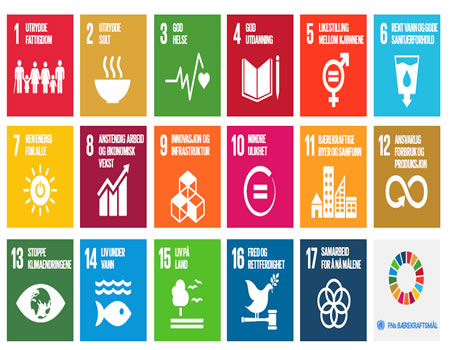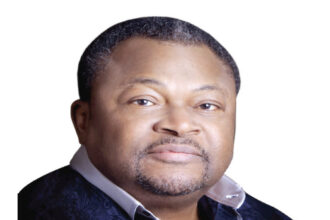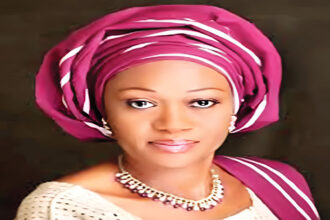
According to the Global Multidimensional Poverty Index (MPI), 1.6 billion people in 108 countries, home to 78 per cent of the world’s population, are identified as multidimensionally poor. UNDP argues that using MPI, the data reflects the combined simultaneous disadvantages poor people experience across different areas of their lives. Over 700 million people worldwide still live below the US$ 1.90 PPP per day extreme poverty line, and over half the global population lives at the bottom of the economic pyramid on less than US$8 per day. The Nigerian scene is not so far apart as the National Bureau of Statistics had even painted a worse picture in 2016 when it reported that no fewer than 112 million Nigerians lived below the poverty line. During the preceding year, the World Poverty Clock (WPC) suggested that Nigeria’s struggle with overpopulation will be a problem in 2017 rather than in 2050 as many people had thought and that by February 2018, Nigeria will overtake India as the country with the most people in extreme poverty. But corporations, legislators and the electorates neither believed nor took it seriously. Well, not entirely, because the government at about same time intensified efforts on agricultural diversification programmes and interventions.
Some state governments even started their own agricultural programmes, as research shows that the National assembly passed the 2017 Appropriation Bill of N7.441 trillion, with the agriculture sector receiving an allocation of N103.7 billion, an increment of N12 billion compared to the N92 billion naira earlier proposed for the sector in 2016. The increase, they argued, was in response to the continuing clamour for more funding to support food security and economic diversification. It is also in realisation of the cardinal position Agriculture and agribusiness occupies in the quest to defeat unemployment and its related vices. However, Nigeria still overtook India to emerge as a country with the highest number of poor people in 2018. Prior to this, the 2015 United Nations Sustainable Development Goal had ending poverty in all its forms everywhere as goal 1. This goal explicitly recognises that poverty results not from the lack of just one thing but from many different interrelated factors that affect the lives of people. It is proven that living in poverty causes humiliation, exclusion and low participation in most social and civic duties from education to health and living standards.
ALSO READ: Tension in Lafia town as fire guts filing station
This representation also confirms the UNDP ideology that poverty is multidimensional. Now, it even gets scarier because in order to eradicate extreme poverty for all people everywhere by 2030, there is the need to achieve global peace, holistic collaboration and intervention, putting into practice the objective that 90 people have to leave the poverty line every minute in other to eradicate poverty totally by 2030. As promising as this sounds, there is nevertheless a shortage of about 9.5 million people globally per year. Presently, the World Poverty Clock predicts that for the 2030 SDG target to be met in Africa, 57 people have to leave extreme poverty line every minute. But that is not the case. Rather than leaving, people enter extreme poverty every minute. Nigeria needs to have 11.9 people per minute escaping extreme poverty, but at the moment has a deficit of 6.8 people every minute, i.e. 6.8 people enter into poverty line every minute instead of leaving. The question is why anyone would believe what the World Poverty Clock Says. The reality remains that WPC is a tool that monitors progress against poverty globally and regionally, it provides real-time poverty data across countries. So if it was that reliable, why didn’t the government and the people of Nigeria utilise the knowledge as the report shows how close they were to dooms day?
Some SDG implementers believe that accumulated debts over the years, gross embezzlement of public funds, neglect of duties, inadequate implementation of set objectives and personal interest over that of the state are responsible for making Nigeria the leading nation of poor people. Barrister Somto Ugwu, the gender and partnership officer at The Society for Improvement of Rural (SIRP) argues that Nigeria became like this through a repeated cycle of corrupt leaders who do not care about the welfare of Nigerians. Instead of providing various employment opportunities for the teeming unemployed population in this country, they prefer to siphon money and invest it in foreign countries thereby helping to develop those countries. For Mr. Ntienyong Udoh a broadcast journalist, when a country’s economic blueprint does not address the basic needs of the citizenry, what you get are white elephant projects rather than human resource investments.
- Odigwe is a social media campaigner







